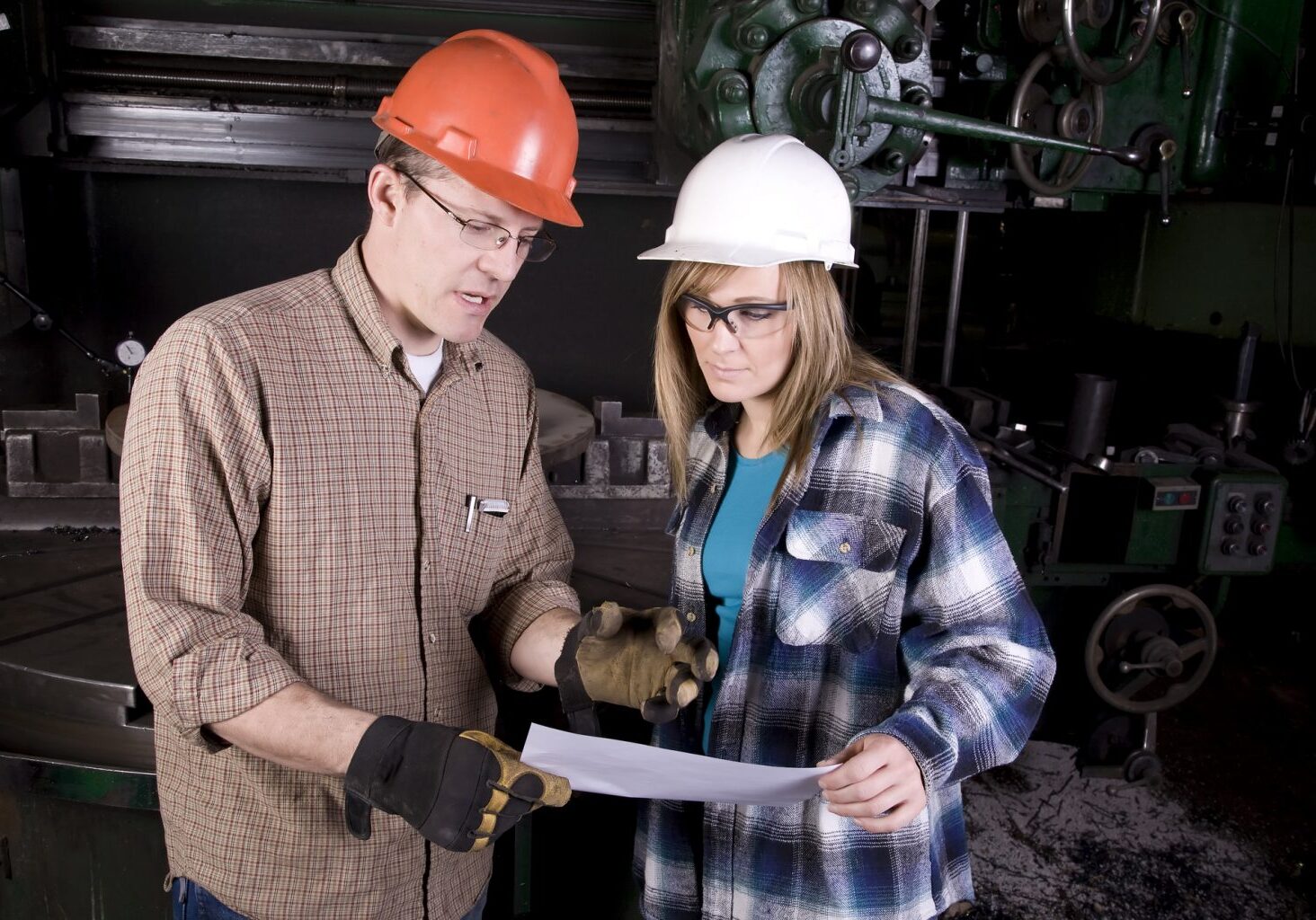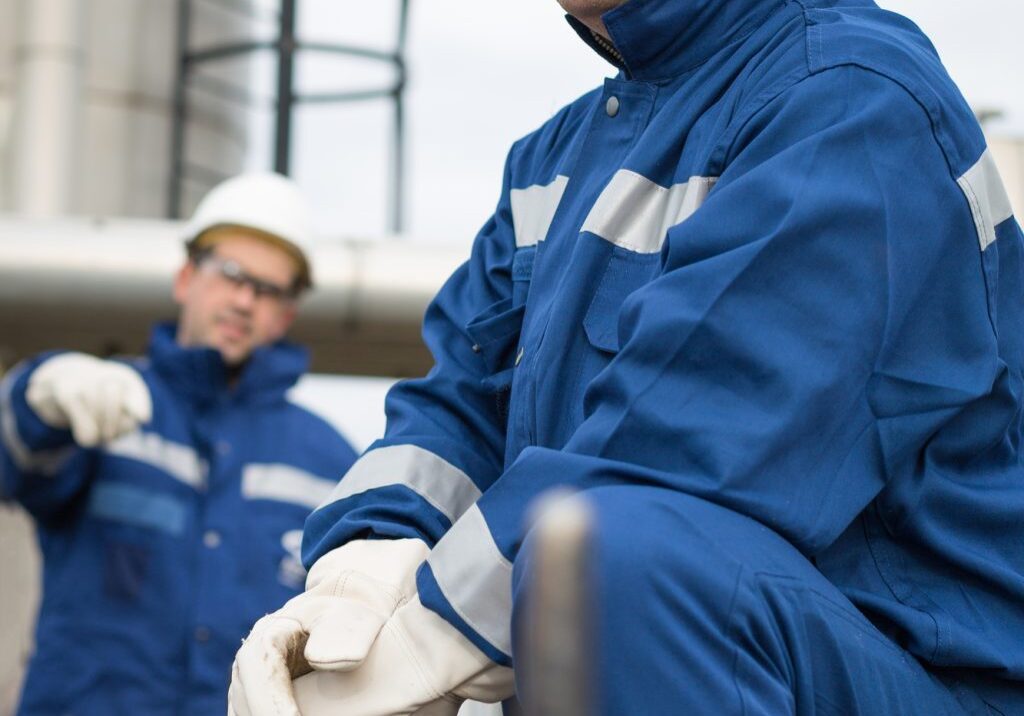Pump Basics
A simple definition of a pump is that it is a form of turbomachinery or a piece of equipment with a mechanism that transfers fluid or another form of media without any human effort. One of the most common types of pumps is the centrifugal pump, which transfers media using an engine, electric motor, or other means. While the earliest forms of pumps were used to move water, they have all sorts of functions today. In the modern world, the pump is the second most common machine in use and is only surpassed by the electric motor. If you are new to pumps or just need to brush up, read on to get more on our intro to pump basics.
Pump Basics – Uses
Pumps are produced in a wide range of sizes, functions, and types for an endless variety of services. Today, pumps are used around the globe to move fluid for municipal, agricultural, residential, and industrial uses. Used extensively throughout the oil and gas and chemical process industries, pumps are essential to our modern way of life. One of the most important uses for pumps is to deliver clean, potable water to homes and businesses. Pumps are also used to remove waste water and for sewage applications.
Pump Basics – Power
Modern pumps most often are powered by electricity, but other sources also are used. These include diesel or gasoline engines. In some remote areas, solar panels or wind may be used to supply power to small pumps. Where no other power is readily available, pumps may also be operated by battery, by hand, or even by the natural flow of water.
Classifications of Pumps
Pumps can be classified by the applications they serve, the materials they are made from, the media they transport, and even their location while in use. Pumps can also be identified by how they are operated in six major categories: positive displacement, impulse, velocity, steam, valve-less, and gravity.
Positive displacement pumps – One of the most common types of pump, it operates by trapping a fixed amount of media and forcing (or displacing) it through the discharge valve. These pumps are commonly used throughout industries because they produce the same flow no matter what the pressure.
Impulse pumps – These pumps use gas pressure to move media. It pressurizes gas within the pump then releases it to create enough force to push the media out.
Velocity pumps – The velocity pump uses kinetic energy that is added by increasing the flow’s velocity. The pressure builds and when reduced allows the media to enter the discharge valve.
Steam pumps – As the name implies, this pump uses rising steam as a power source to move media. Although not common today, it was used in the past for applications like steam-powered trains.
Valveless pumps – Every pump has at least one valve, except this one. The fluid moving this system is constantly moving through it and never out of. This can be done for a number of purposes and is commonly used in biofluids and for mixing. Extra media is added and removed as needed.
Gravity pumps – A simple pump, they use the sheer force of gravity to move media. A common use for this pump is to lift water by gravitational force.
At Houston Dynamic Service, we have the most skilled pump technicians in the industry. They are experienced in providing high quality maintenance and repair for many types of rotating equipment, including pumps. Call HDS today to discuss how we can partner with you to keep your pumps running efficiently and with minimal interruption to production.
Share this post:



